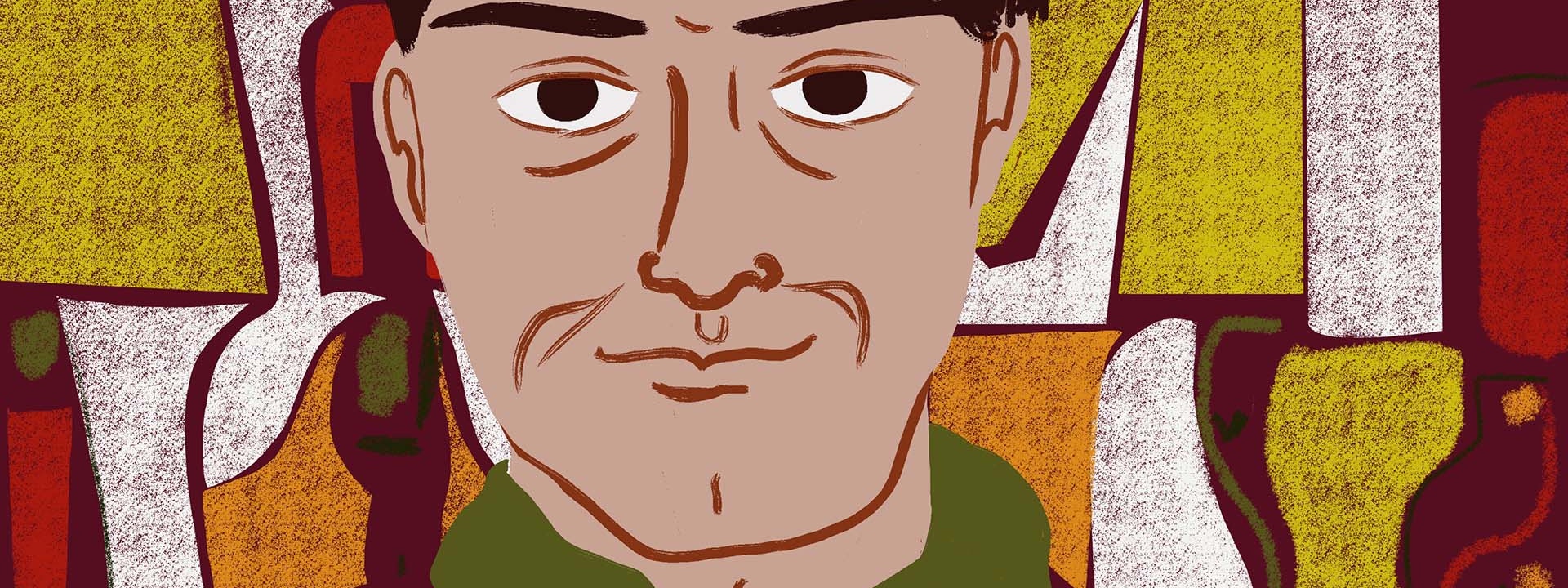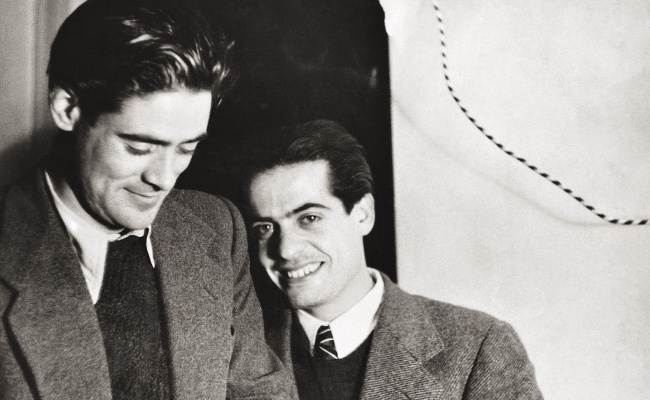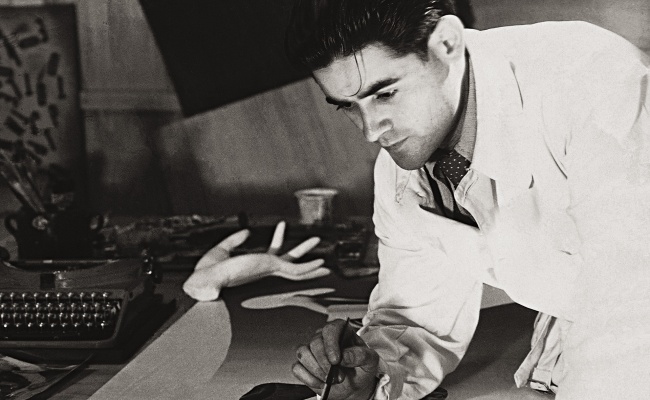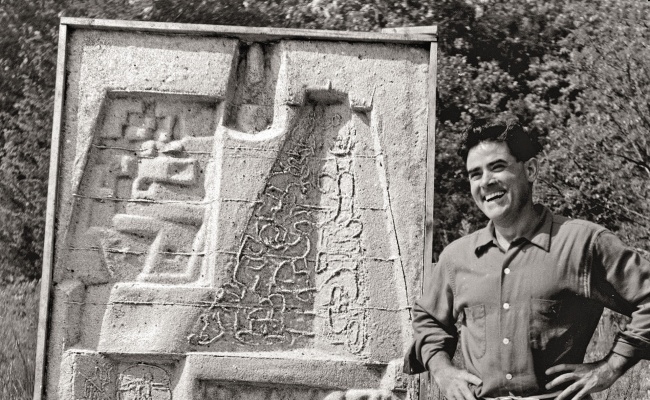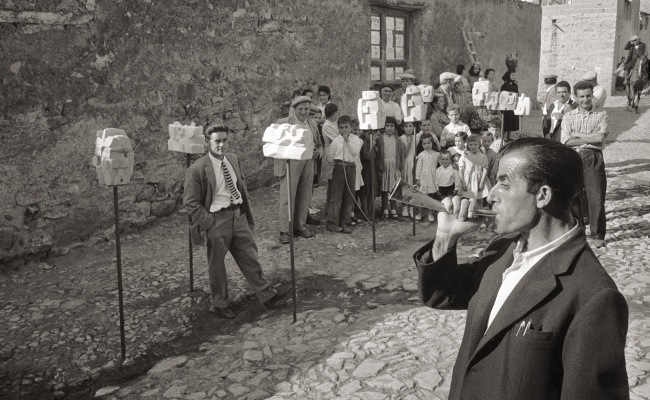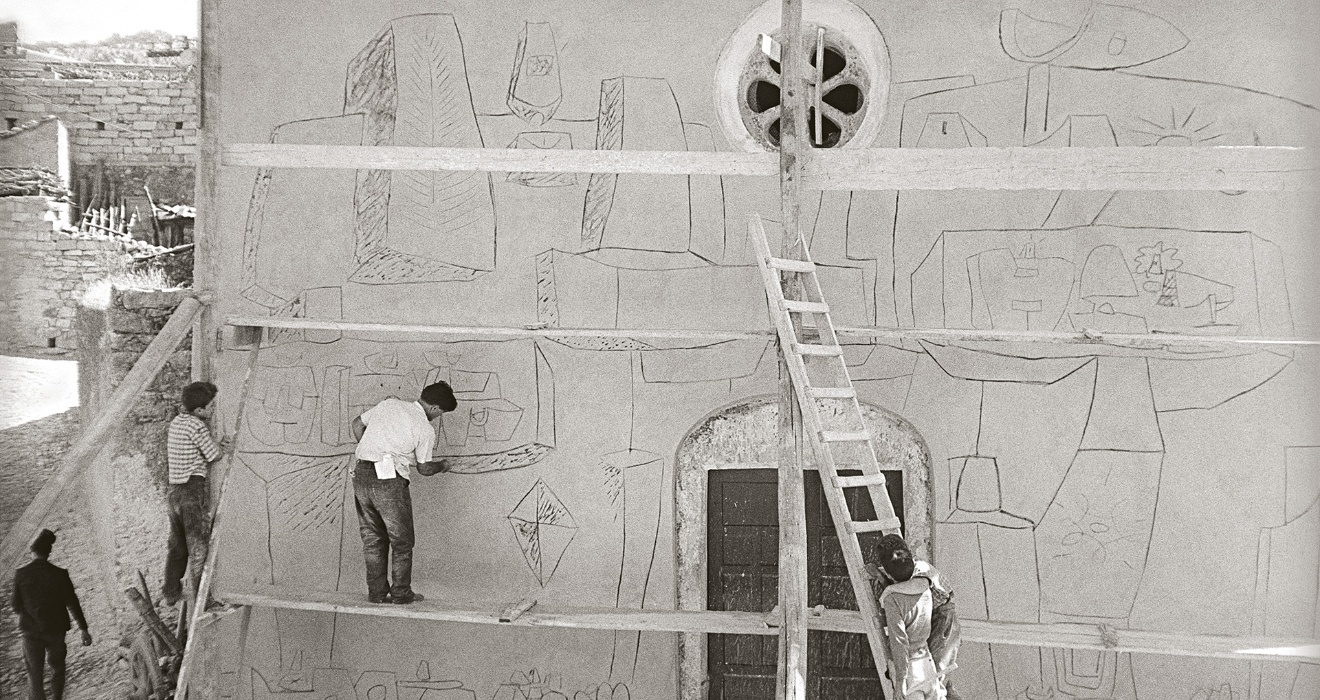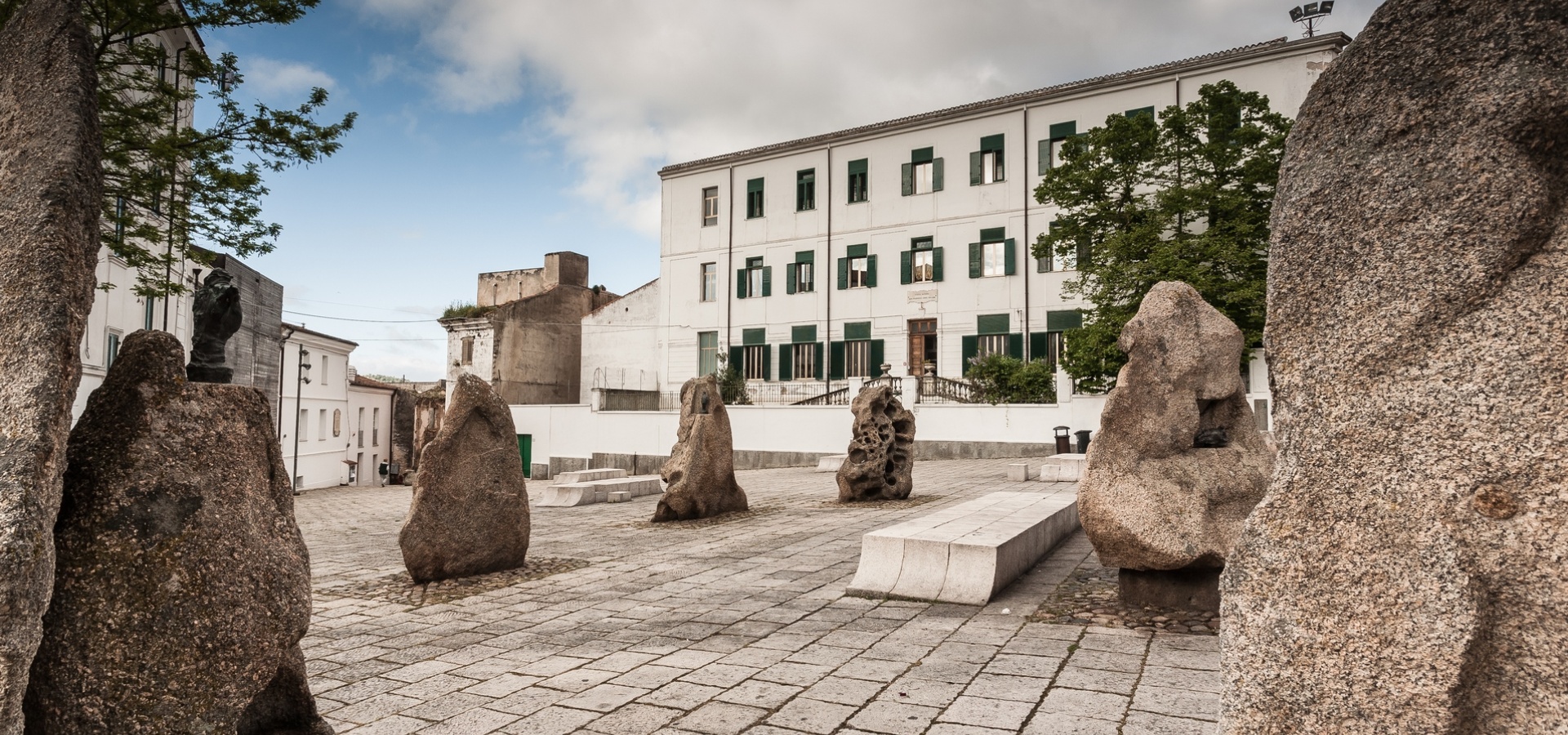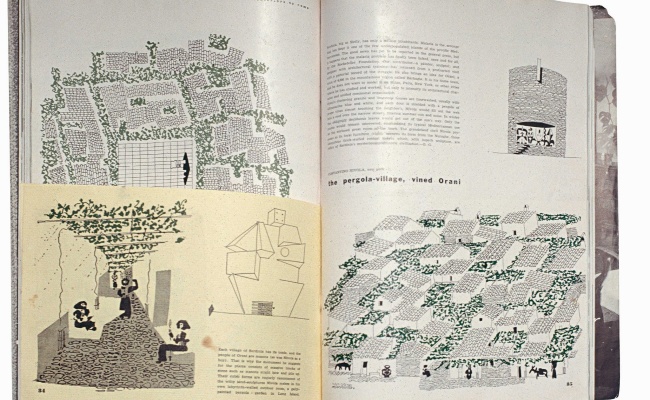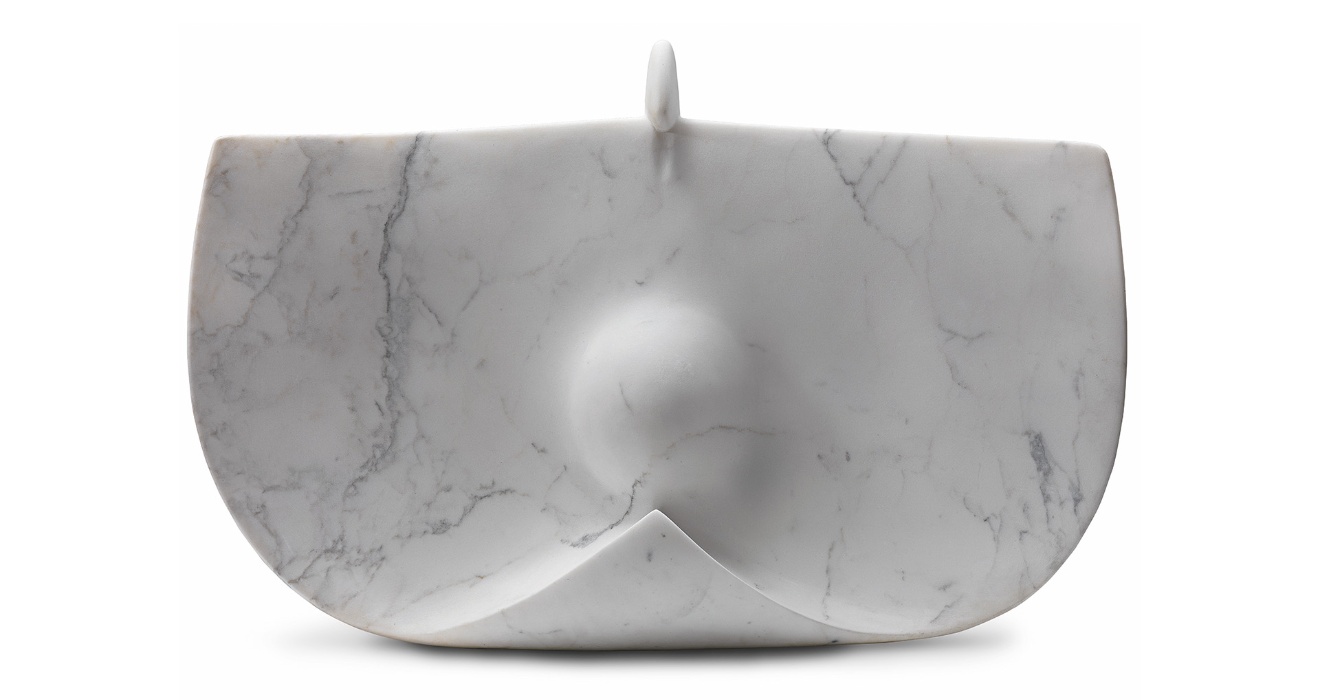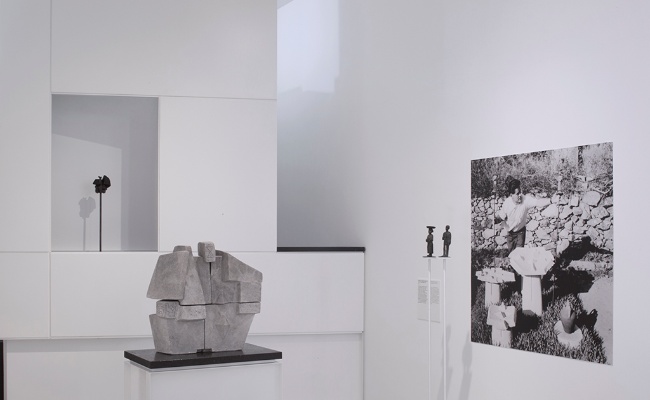Sculptor, graphic designer and painter, Costantino Nivola (Orani, 1911 – East Hampton 1988) was one of the leading figures of artistic and cultural exchange between Europe and the United States in the twentieth century.
Costantino Nivola
Description
Son of a builder and born in Orani, in rural, early twentieth-century Sardinia, Nivola received his early training in the workshop of the painter Mario Delitala in Sassari and then won a scholarship to study at ISIA, Monza – Italy’s most important applied arts school, where he met Giovanni Pintori and Salvatore Fancello.
In 1938, right after the promulgation of the racial laws, Nivola, an anarchist and anti-fascist, married Ruth Guggenheim, a Jew and one of his classmates at ISIA. They fled, first to Paris and then, on board the transatlantic Mauritania, to New York, where they decided to settle.
Nivola found his identity as an artist in the Amerian metropolis. He invented a technique for making bas-reliefs and sculptures out of sand and cement, ‘sandcasting’, and began working with the great architects of his time on projects in which art and architecture merged in a harmonious whole.
The materials and forms of Nivola’s sculptures evoke Mediterranean culture and in particular Sardinia, which was always a touchstone and bitter-sweet memory of a poor but pure life.
To Nuoro, in 1966, for the creation of Piazza Sebastiano Satta, dedicated to the poet-bard of Barbagia. And to Cagliari, in 1987, for the Palazzo del Consiglio regionale, which would be his final project and remained incomplete when he died in 1988.
Works from his mature period include the Great Mothers and Mediterranean Widows: elegant, semi-abstract female figures at once both beautiful and unsettling, made of marble and bronze.
Per saperne di più
The book:
Altea G., Camarda A., Costantino Nivola, La Sintesi delle Arti, Nuoro, Ilisso, 2014
The website:
http://museonivola.it
 Nuorese Cultural District
Nuorese Cultural District